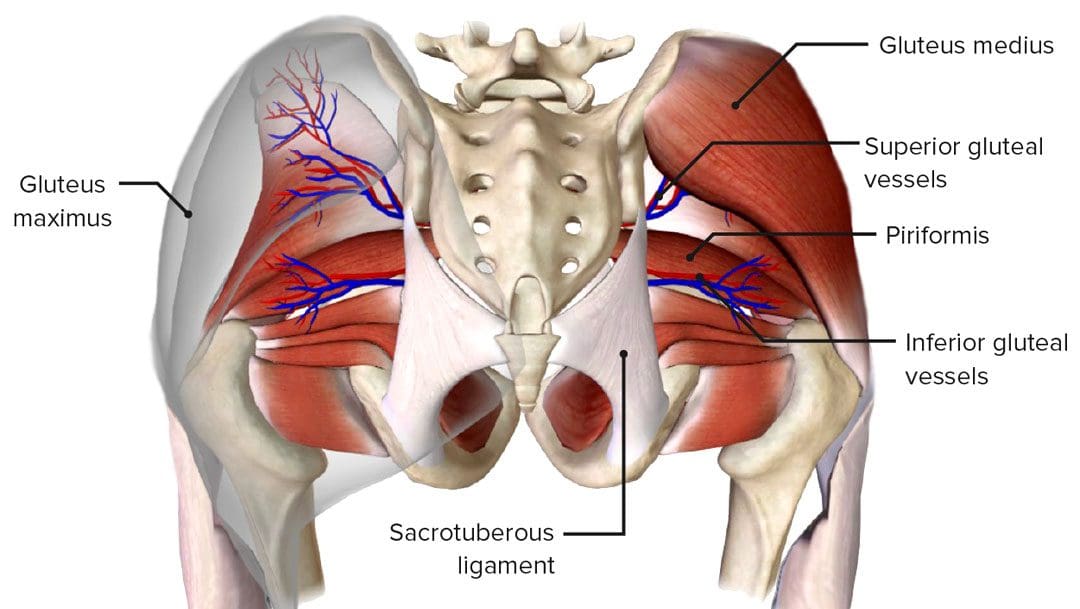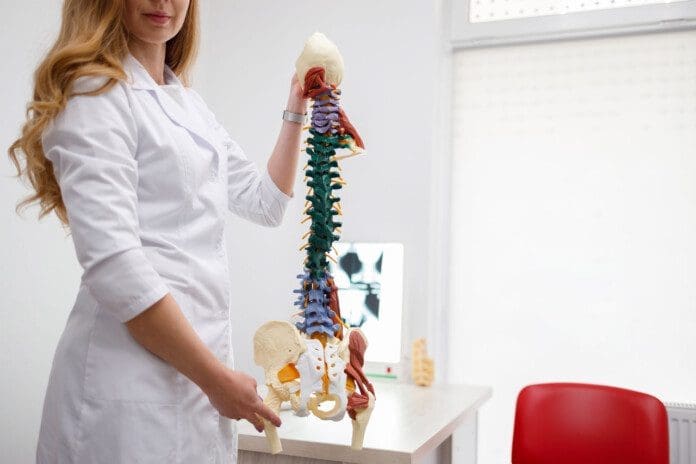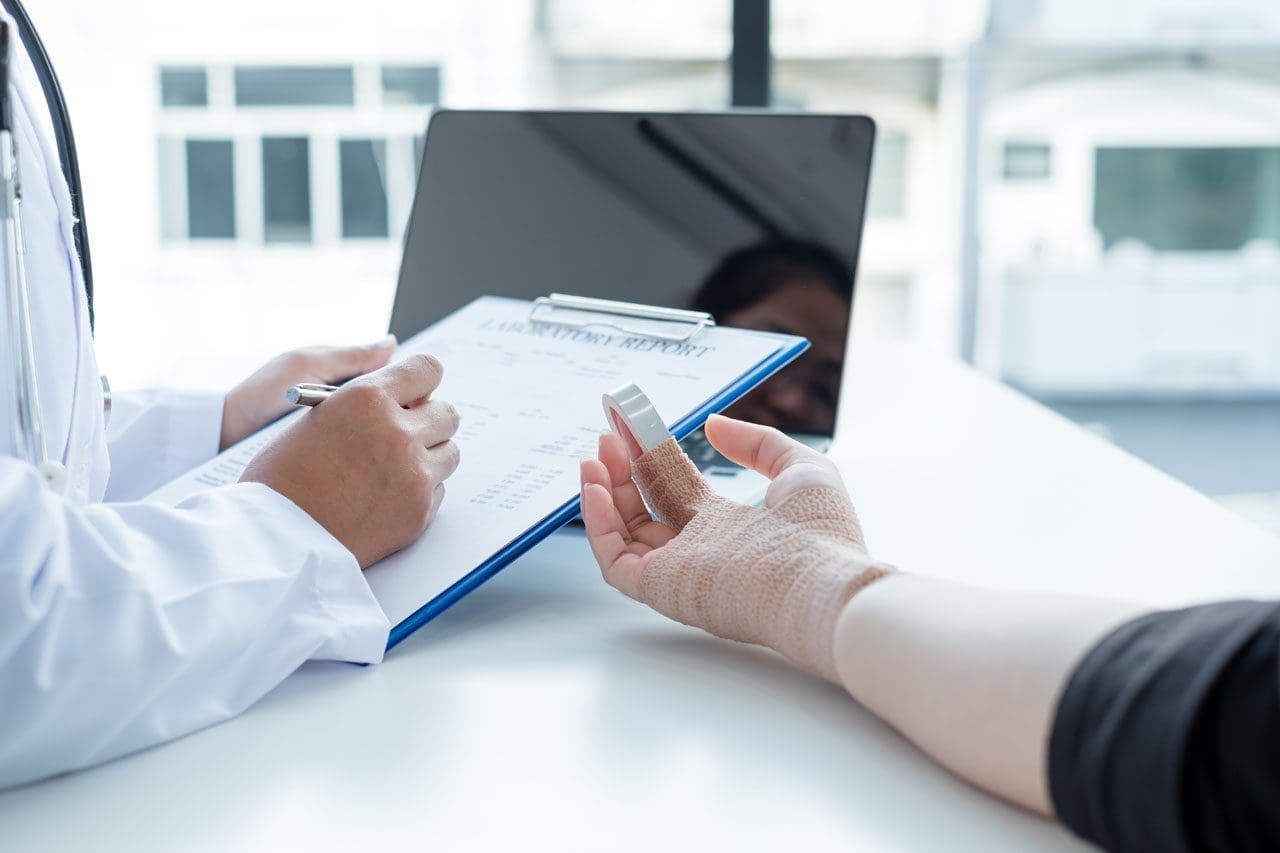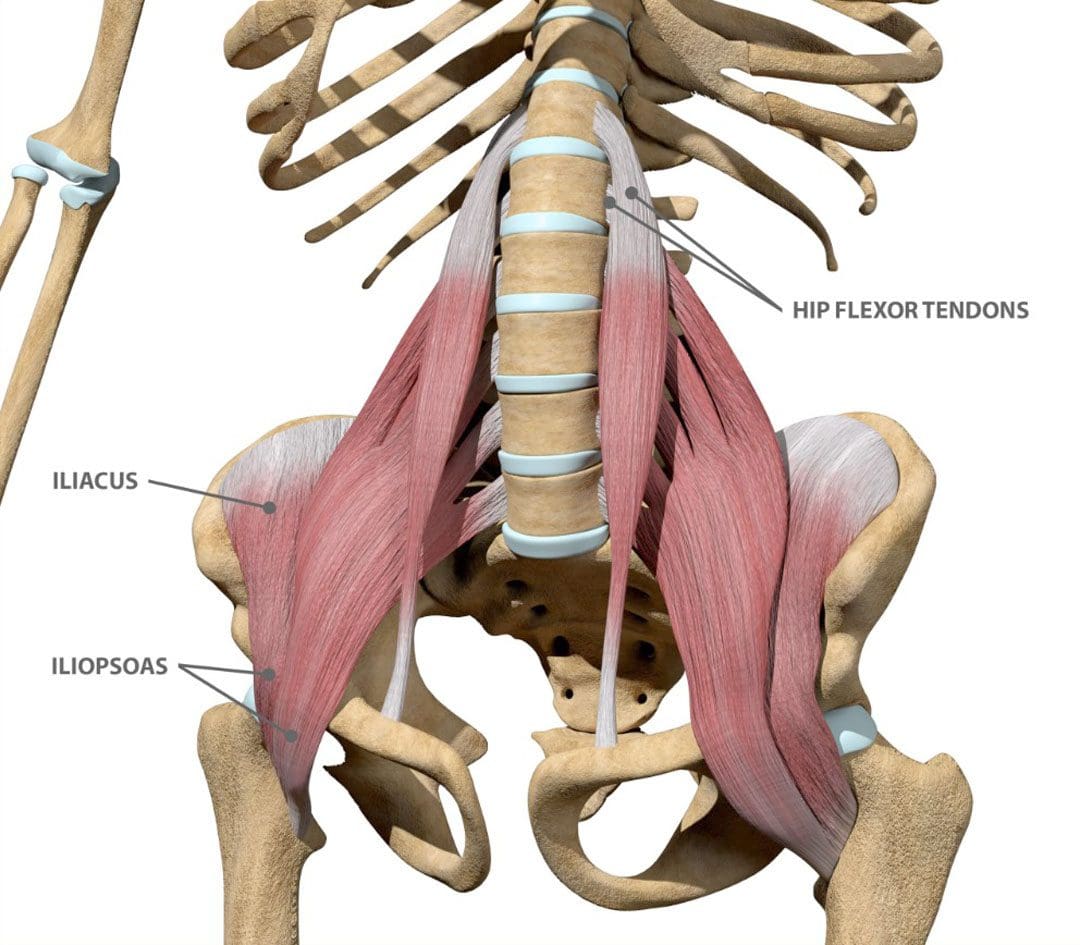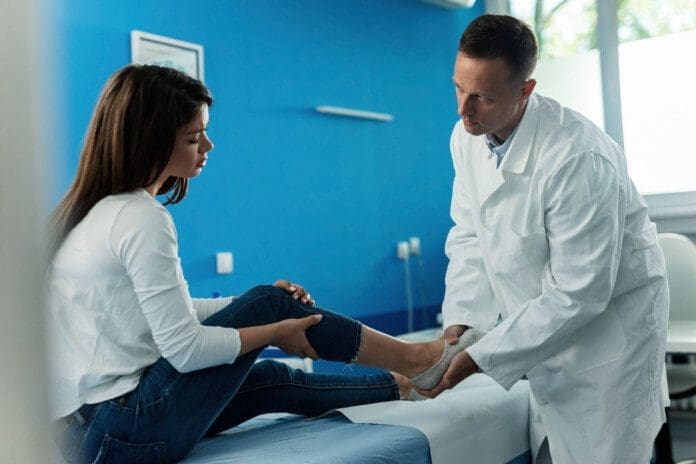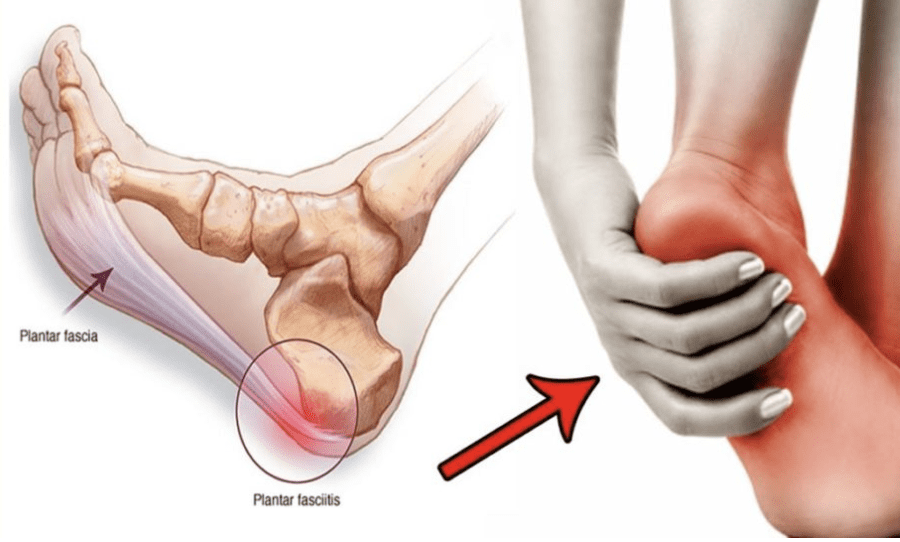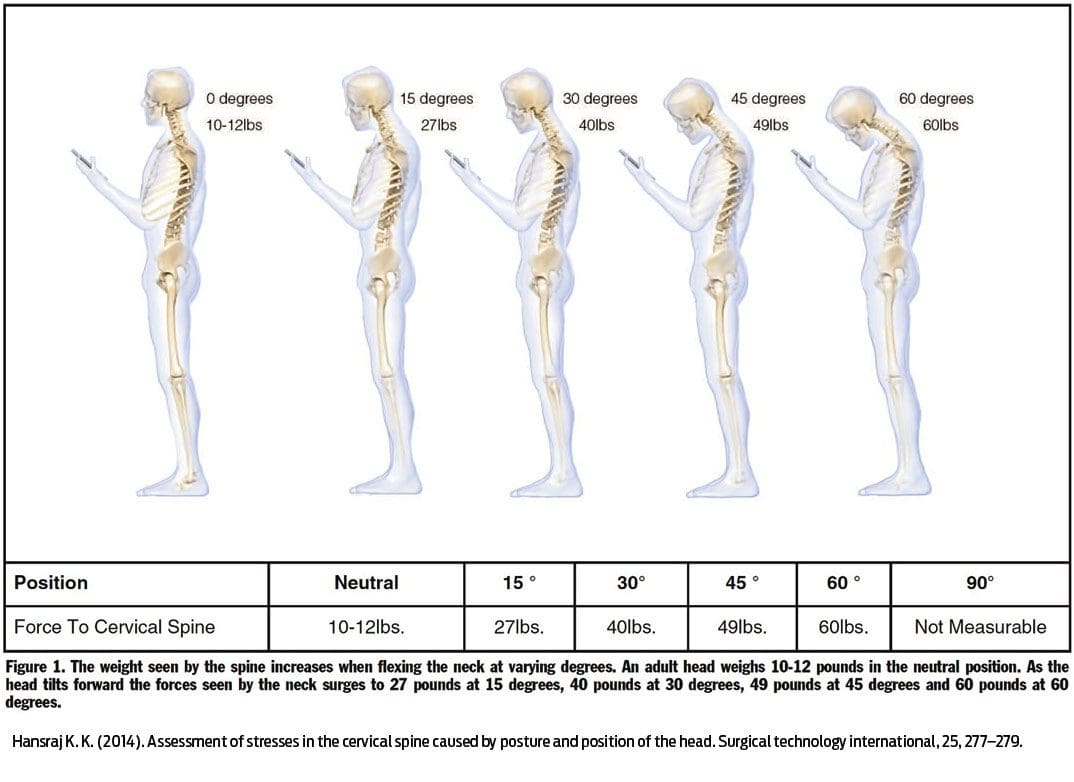“For individuals trying to make healthy lifestyle adjustments, can adding protein bars into their diet help achieve health goals?”

Table of Contents
Protein Bar
Protein bars provide a quick energy boost between meals that can help curb appetite and avoid filling up on high-fat, sodium-packed snacks for individuals trying to lose weight. They can also increase calorie intake for individuals like athletes trying to increase muscle mass. Protein bars can vary in terms of factors like additives, calories, fat, sugars, and other ingredients. Labels need to be read carefully; otherwise, the bar can be more of a candy bar than a healthy, nutritious mini-meal or snack. It’s important to have a sense of how much protein is really needed each day, and the amount varies depending on individual factors.
How Much Protein Is Needed
Protein is vital to many body functions, but the body can’t produce this macronutrient, and it has to come from food. Dietary protein is broken down during digestion, and compounds known as amino acids are formed:
- These are the building blocks the body uses to build and maintain muscles and organs.
- It is vital to the production of blood, connective tissue, antibodies, enzymes, and hair. (Marta Lonnie, et al., 2018)
- As protein is necessary for building muscle, athletes or individuals with physically demanding jobs are recommended to eat more.
- The same is true of women who are pregnant or breastfeeding. (Trina V. Stephens, et al., 2015)
- Bodybuilders eat even more protein than the average person to support muscle growth.
Protein Calculator
- A calculator from the U.S. Department of Agriculture can help figure out daily protein requirements and recommended amounts of other nutrients based on sex, age, activity level, and other factors.
- The ideal protein intake considers how much is eaten at individual sittings. The average individual is recommended to consume between 25 and 35 grams of protein at every meal. (Emily Arentson-Lantz, et al., 2015)
Sources
The richest sources of dietary protein include:
- Meats
- Poultry
- Fish and shellfish
- Eggs
- Milk and other dairy products
Plant sources include:
- Beans
- Legumes
- Nuts
- Seeds
- Whole grains
These are foods that are easy to include in a balanced diet, so eating a variety in ample quantities daily will equal the recommended amount of protein. Recommendations are to stick with those low in saturated fat and processed carbs and rich in nutrients. However, eating too much protein can cause kidney problems. Therefore, individuals who are predisposed to kidney disease are recommended to be careful over-protein intake. (Kamyar Kalantar-Zadeh, Holly M. Kramer, Denis Fouque. 2020)
What To Look For
Incorporating protein bars into a diet, either as a between-meal snack, as a grab-and-go option when there is no time for a full meal, or as a part of a weight-loss or weight-gain strategy, individuals need to read and understand the ingredients on the different types of bars to choosing the healthiest options. Some general guidelines to consider:
Protein Content
- For a between-meal or pre-post-workout snack, look for a bar with at least 20 grams of protein.
- Meal replacement bars should have at least 30 grams of protein.
- A less is more approach to these guidelines is recommended, as the body can digest only between 20 and 40 grams of protein in one sitting. (Brad Jon Schoenfeld, Alan Albert Aragon. 2018)
Protein Type
- The protein usually comes from dairy or plant sources.
- The most common include eggs, milk, rice, whey, soy, peas, and hemp.
- Individuals with allergies or sensitivities need to choose a bar that is comprised of a type of protein that is safe to eat.
Calories
- For a bar to eat between meals, recommendations are those with around 220 to 250 calories.
- A protein bar that substitutes for a full meal can have 300 to 400 calories.
Fat
- Ten to 15 grams of total fat and no more than two grams of saturated fat is ideal.
- Steer clear of unhealthy trans fats found in partially hydrogenated oils.
Fiber
- Fiber is filling, so the more fiber, the more likely it is to keep hunger satisfied until the next snack or meal.
- It is recommended to choose those that contain more than three to five grams of fiber.
Sugar
- Some protein bars have just as much sugar content as candy bars.
- Some have as much as 30 grams of added sugar.
- The ideal amount is around five grams or less.
- Artificial sweeteners like erythritol, sorbitol, and maltitol are not better options as they can cause bloating and gas.
It is recommended to work with a nutritionist to figure out the most effective type so that they can be incorporated into an individual’s diet to achieve and maintain health goals.
Nutrition Fundamentals
References
Lonnie, M., Hooker, E., Brunstrom, J. M., Corfe, B. M., Green, M. A., Watson, A. W., Williams, E. A., Stevenson, E. J., Penson, S., & Johnstone, A. M. (2018). Protein for Life: Review of Optimal Protein Intake, Sustainable Dietary Sources and the Effect on Appetite in Ageing Adults. Nutrients, 10(3), 360. https://doi.org/10.3390/nu10030360
Stephens, T. V., Payne, M., Ball, R. O., Pencharz, P. B., & Elango, R. (2015). Protein requirements of healthy pregnant women during early and late gestation are higher than current recommendations. The Journal of nutrition, 145(1), 73–78. https://doi.org/10.3945/jn.114.198622
Arentson-Lantz, E., Clairmont, S., Paddon-Jones, D., Tremblay, A., & Elango, R. (2015). Protein: A nutrient in focus. Applied physiology, nutrition, and metabolism = Physiologie appliquee, nutrition et metabolisme, 40(8), 755–761. https://doi.org/10.1139/apnm-2014-0530
Kalantar-Zadeh, K., Kramer, H. M., & Fouque, D. (2020). High-protein diet is bad for kidney health: unleashing the taboo. Nephrology, dialysis, transplantation : official publication of the European Dialysis and Transplant Association – European Renal Association, 35(1), 1–4. https://doi.org/10.1093/ndt/gfz216
Schoenfeld, B. J., & Aragon, A. A. (2018). How much protein can the body use in a single meal for muscle-building? Implications for daily protein distribution. Journal of the International Society of Sports Nutrition, 15, 10. https://doi.org/10.1186/s12970-018-0215-1









